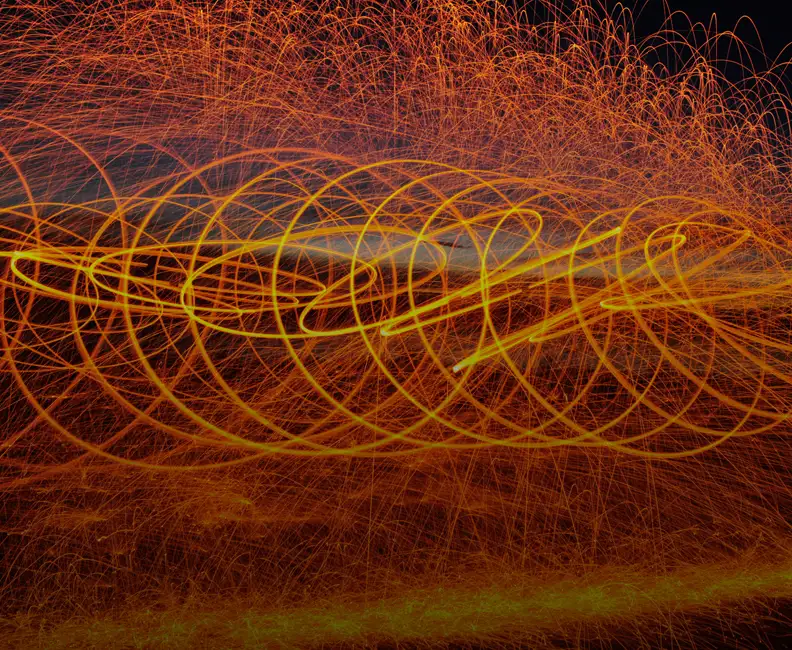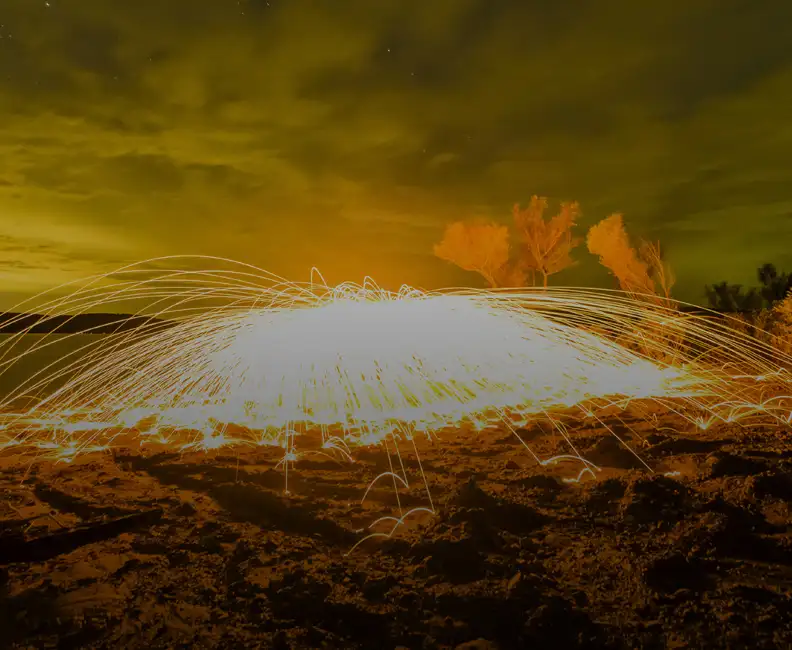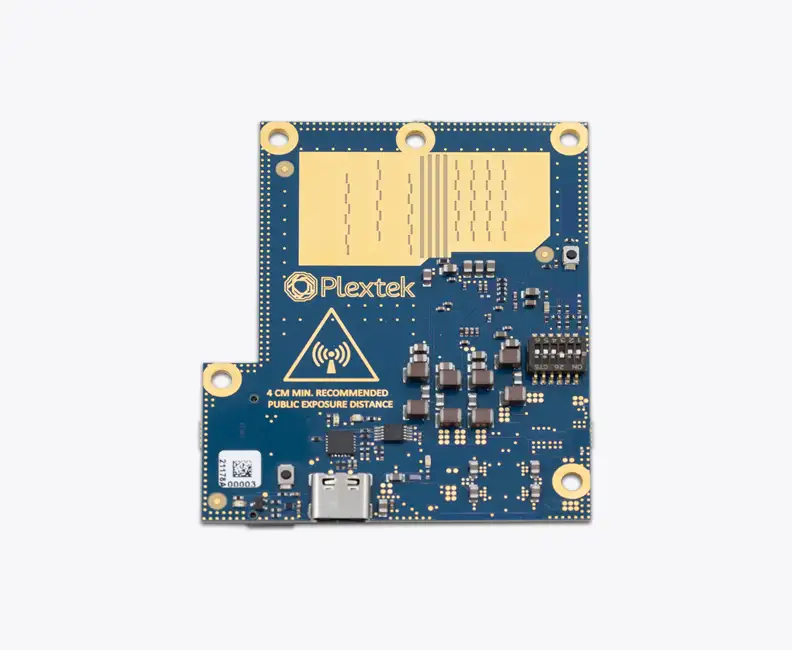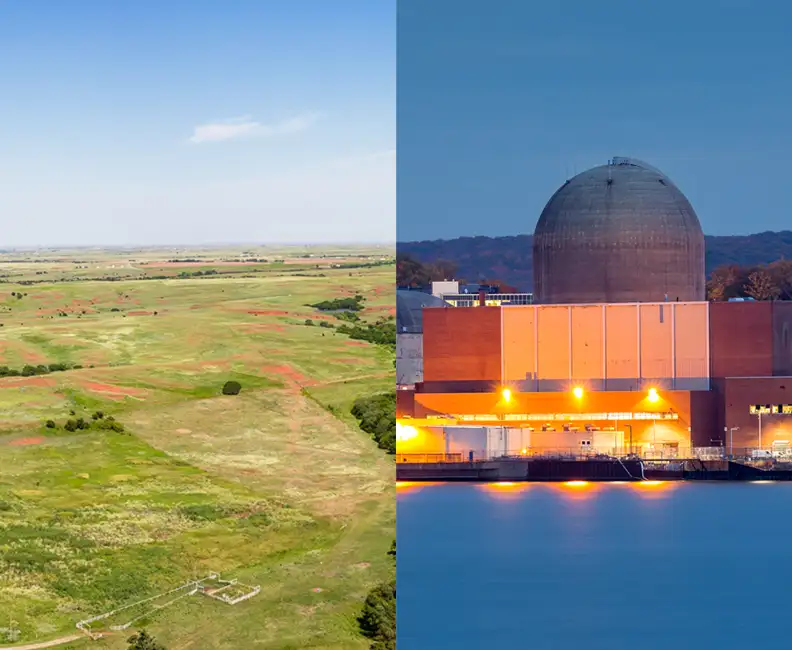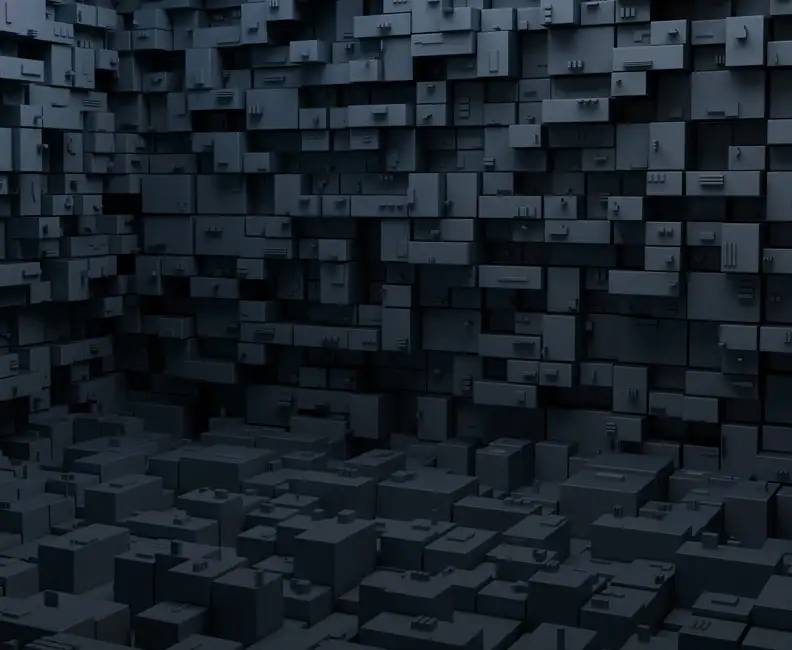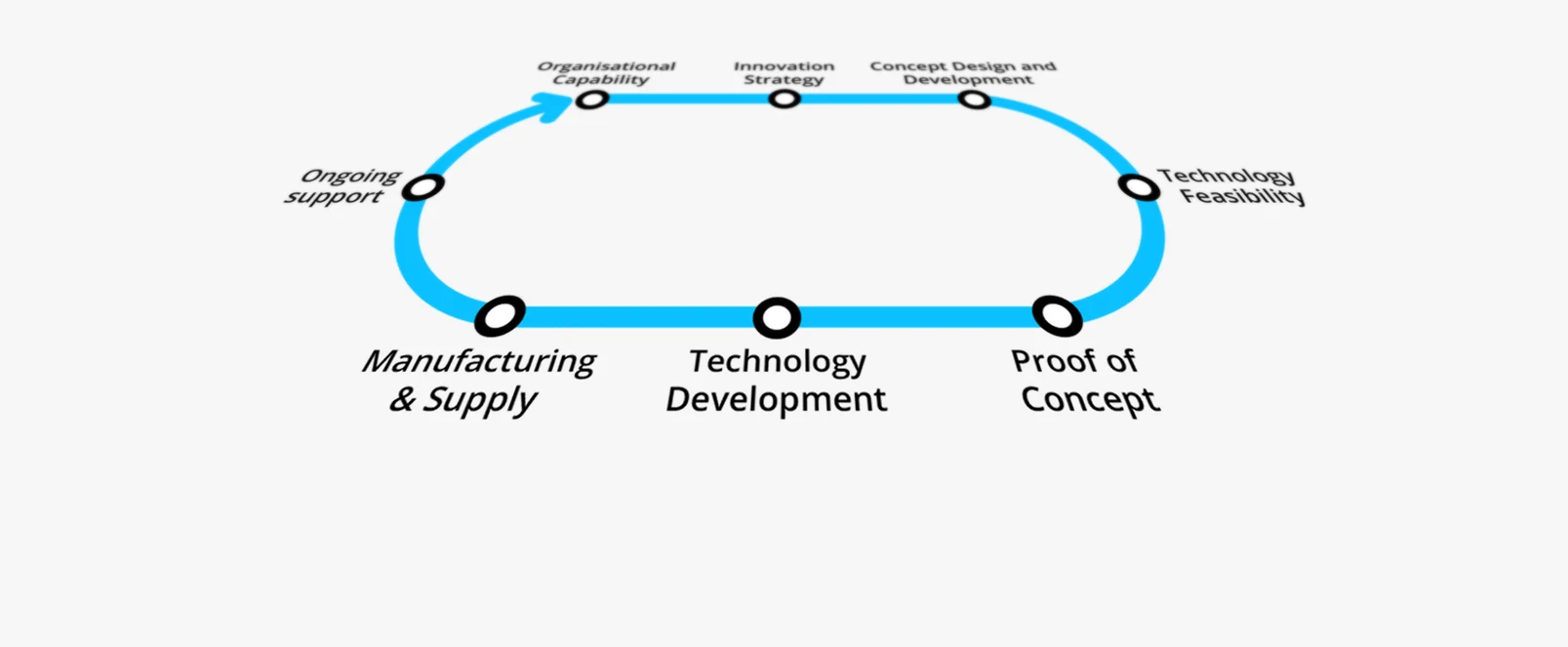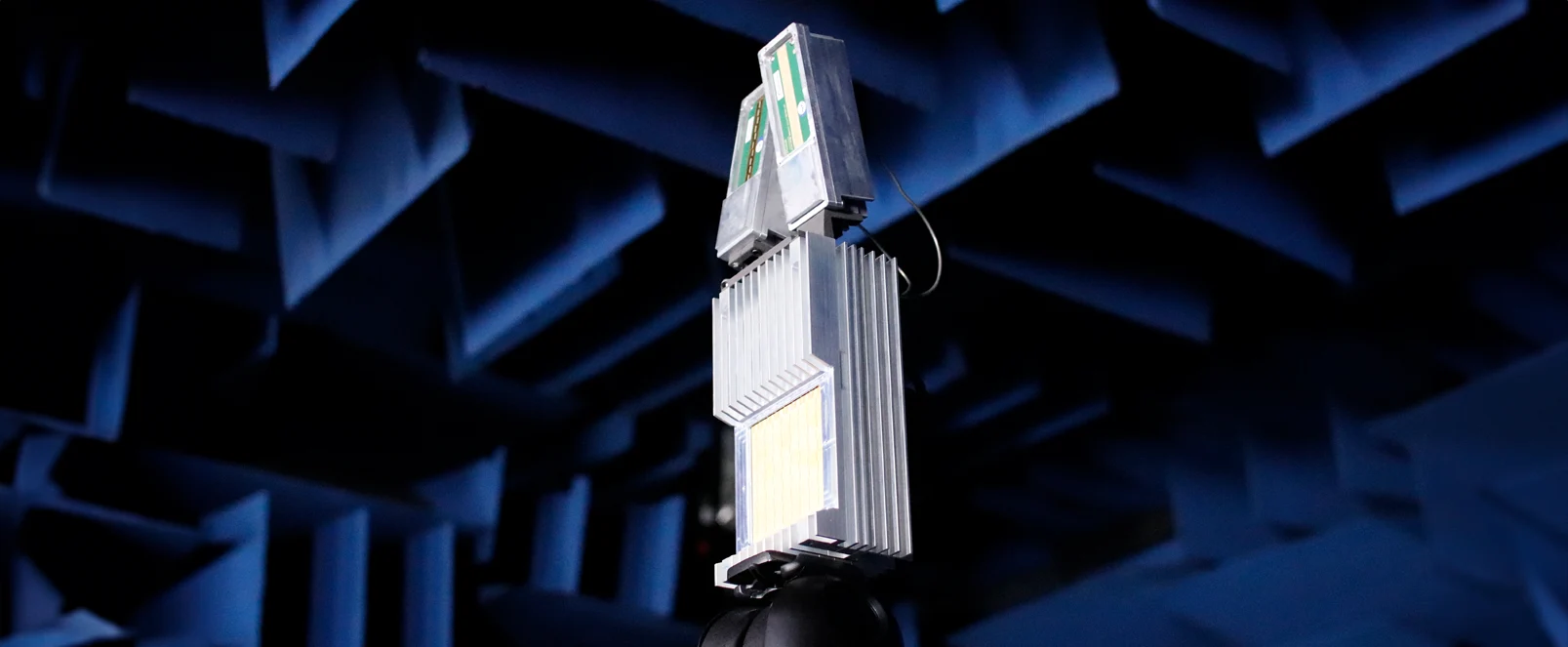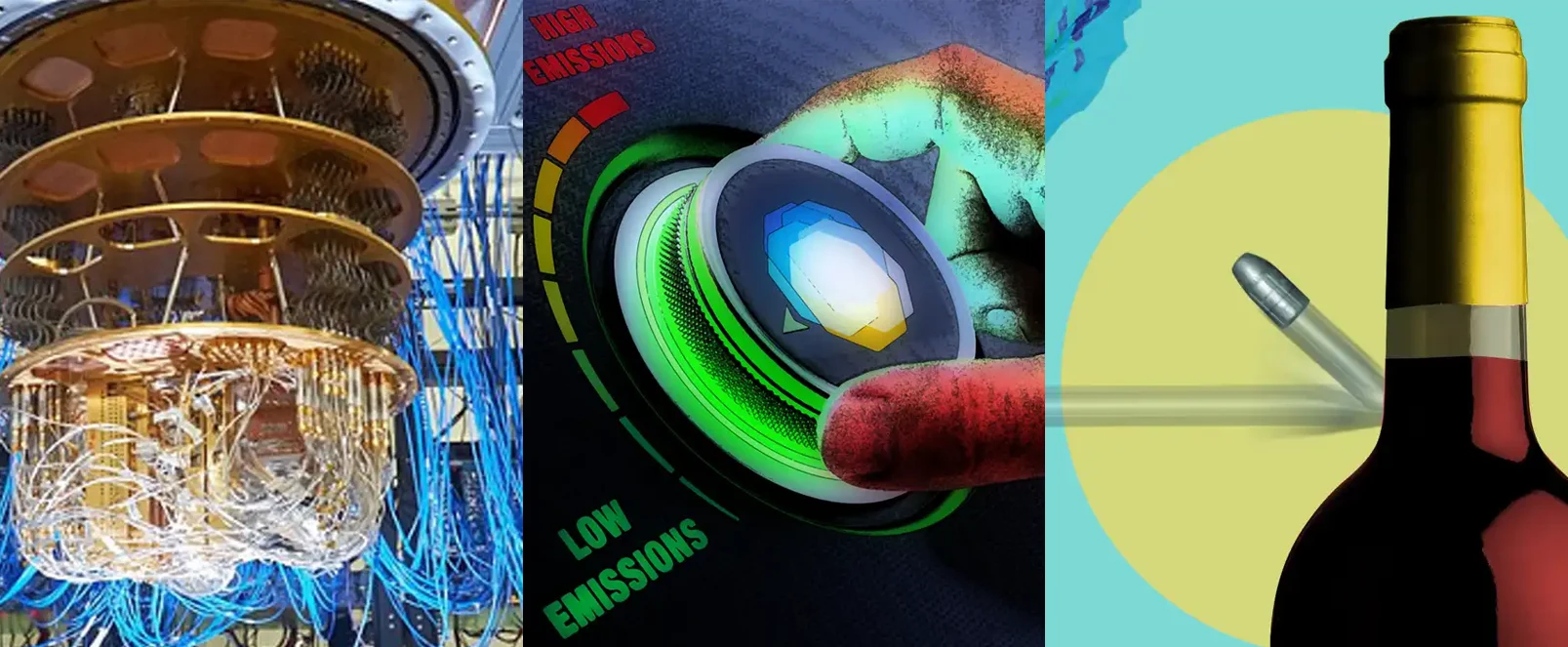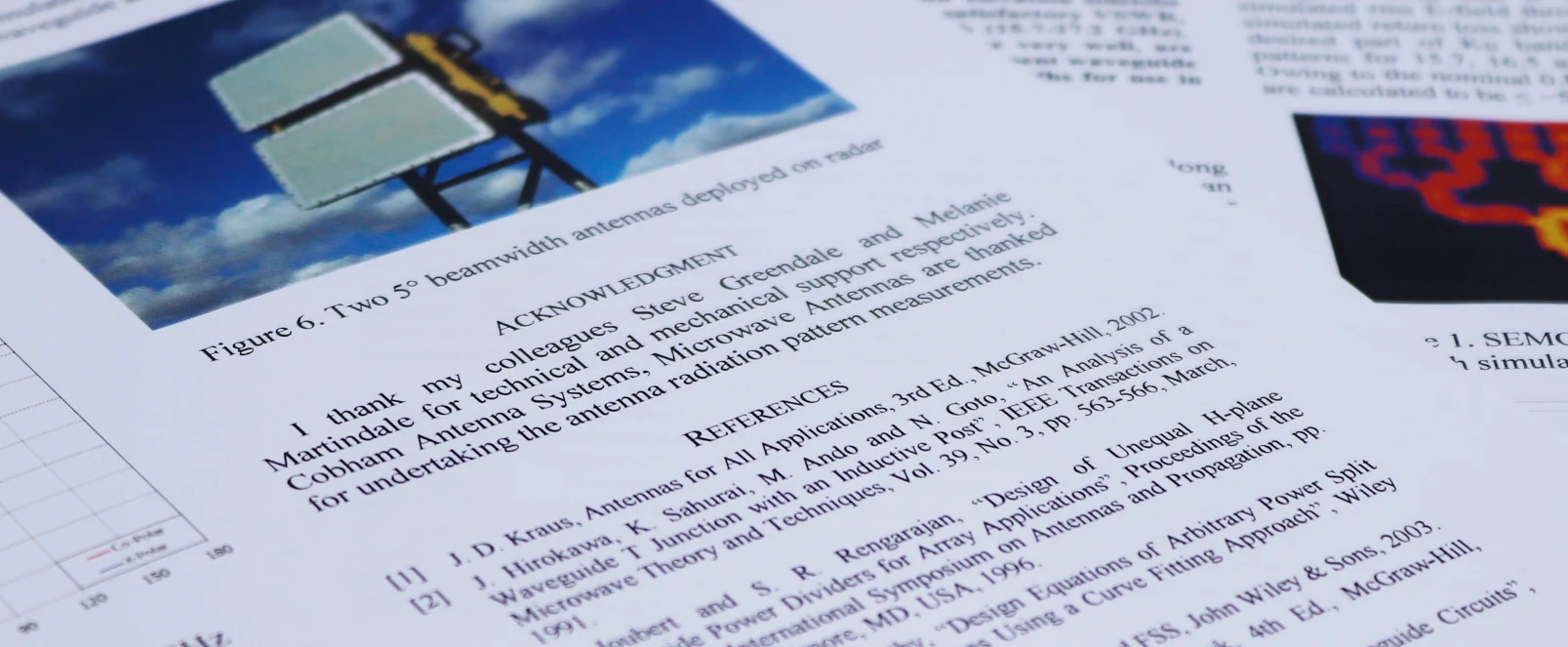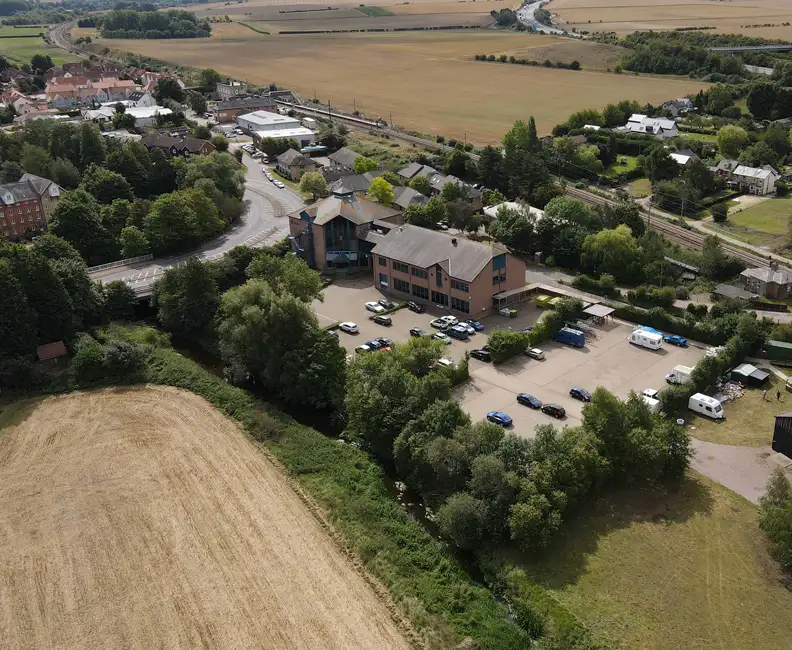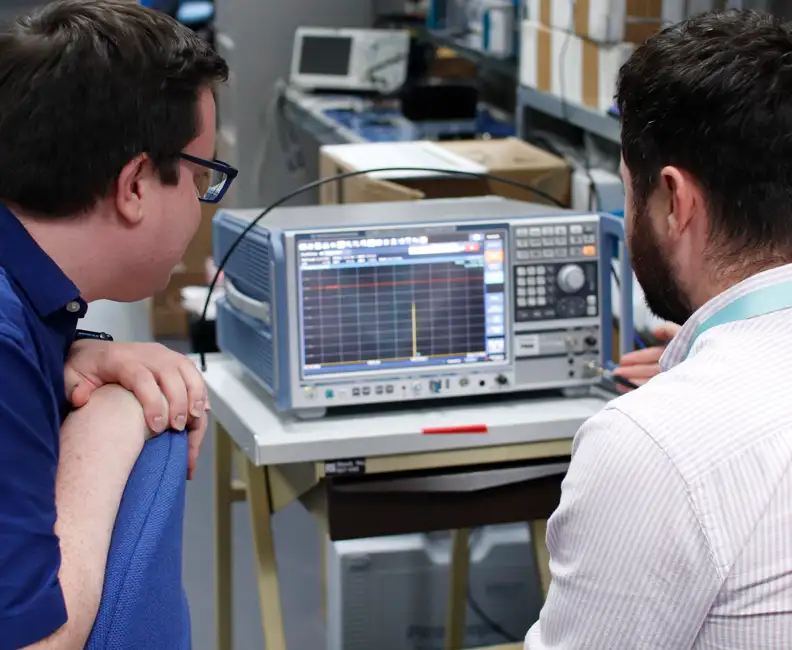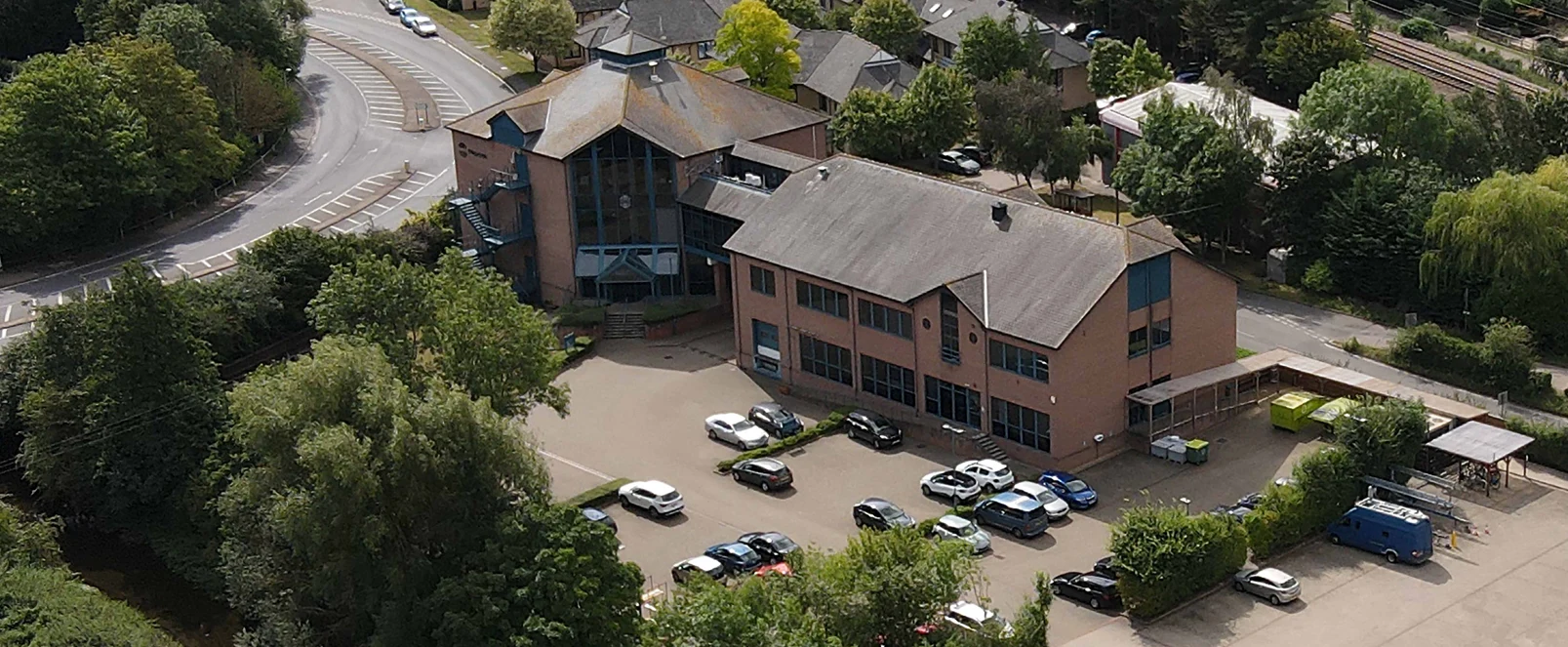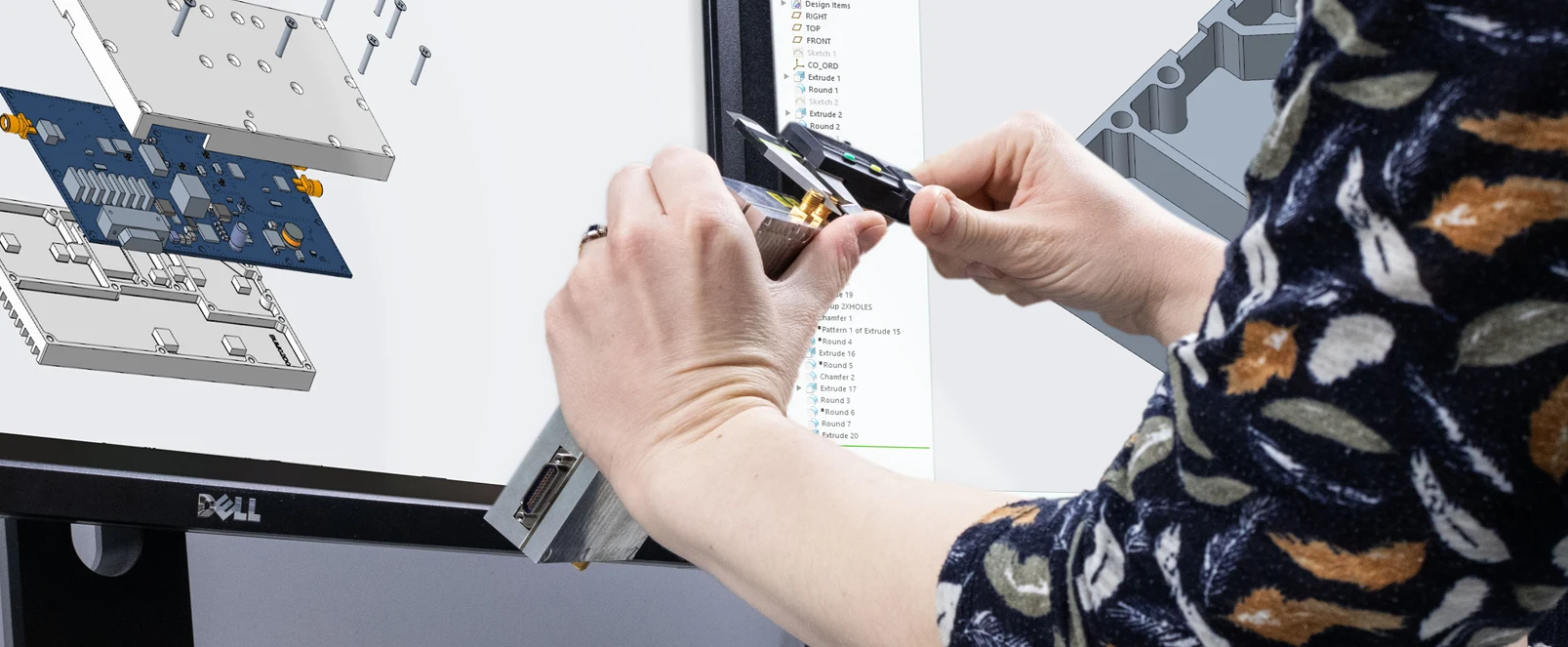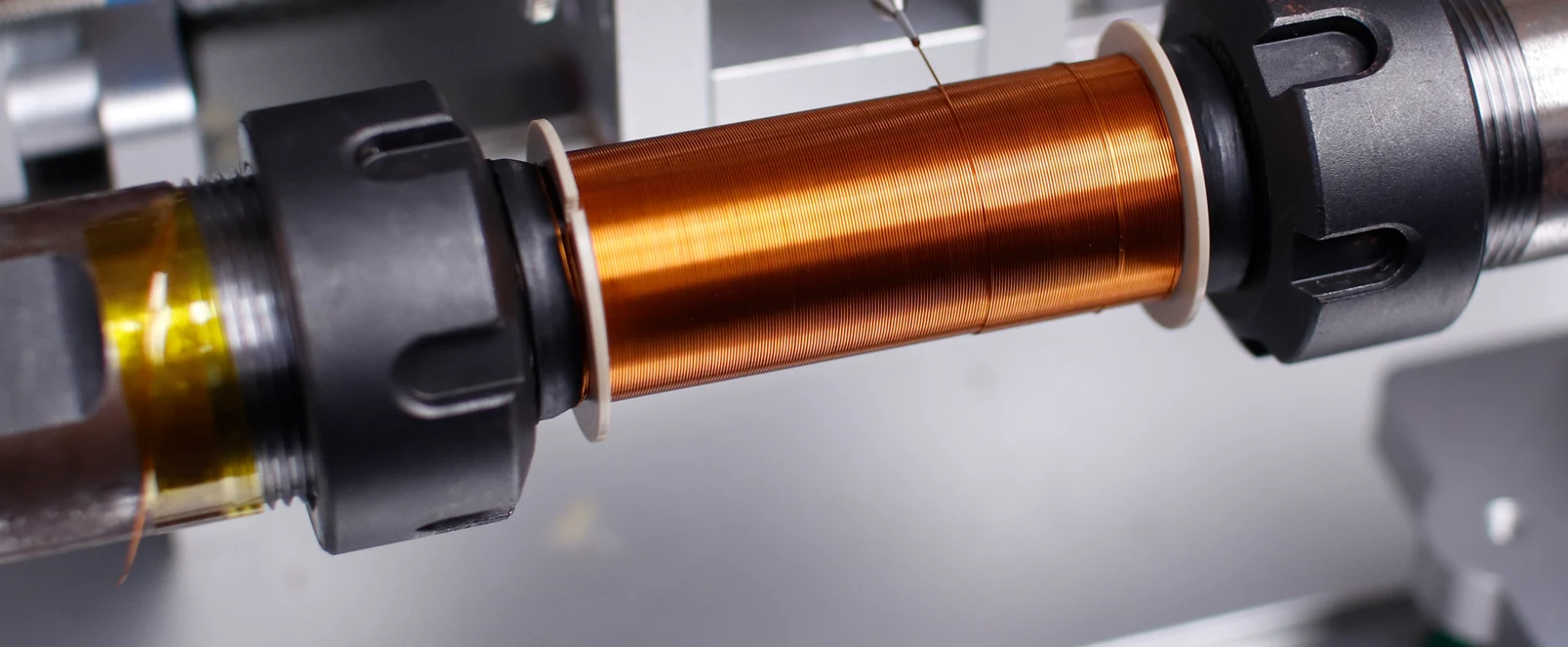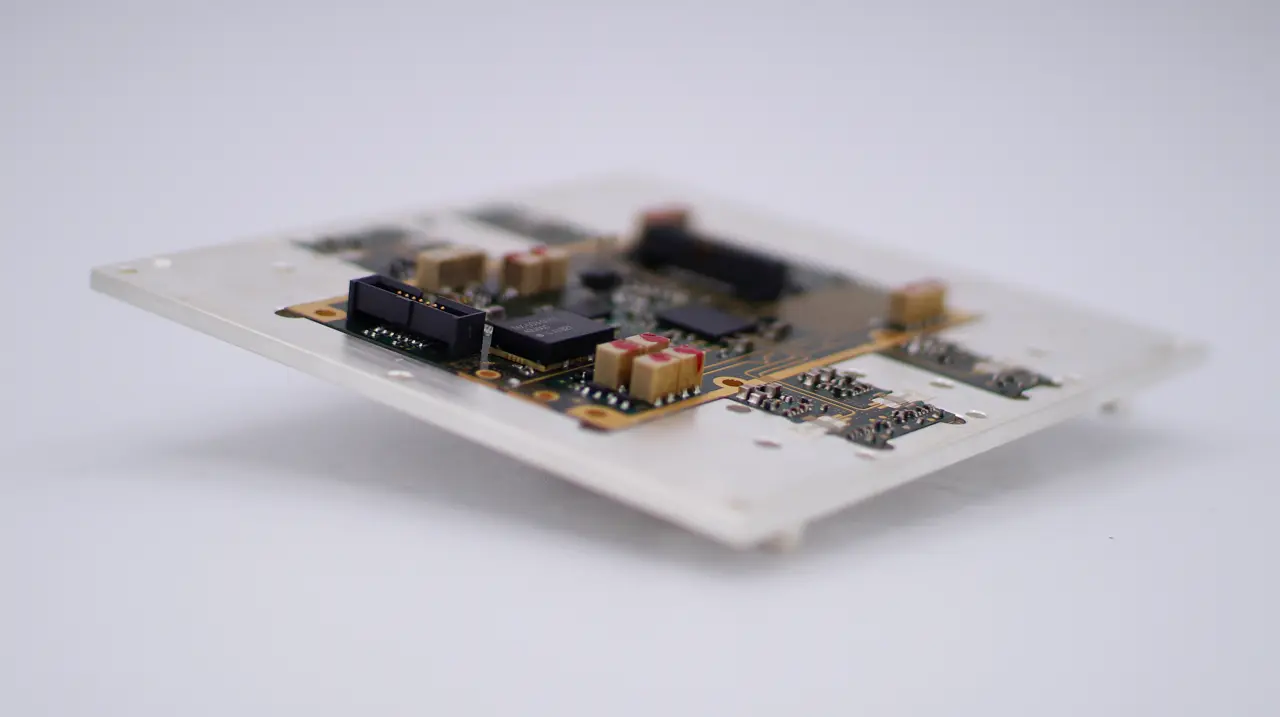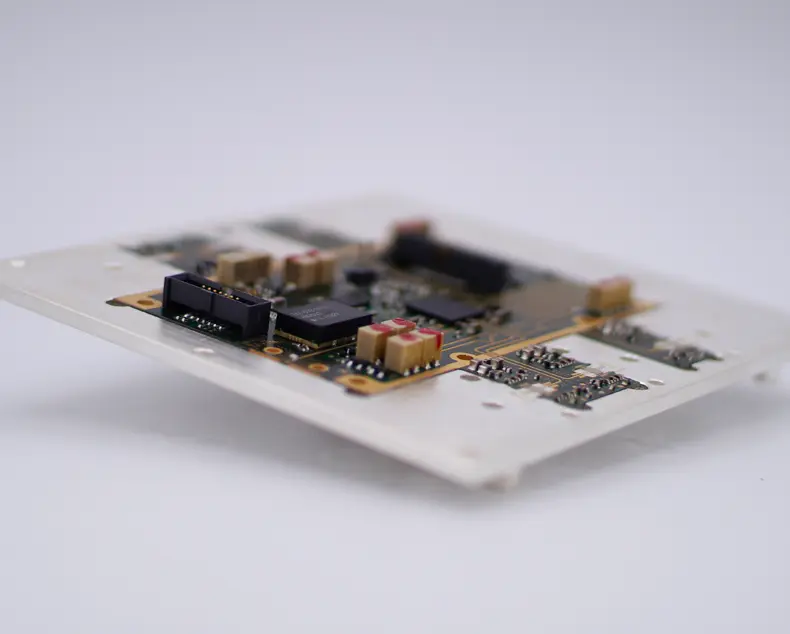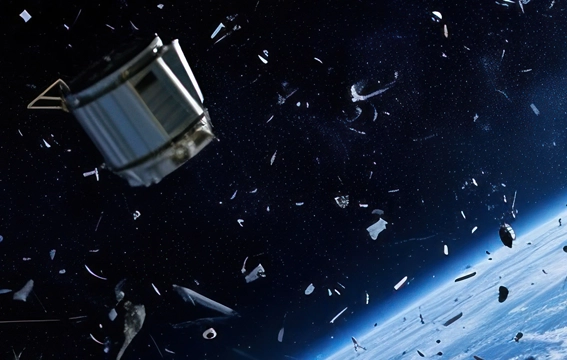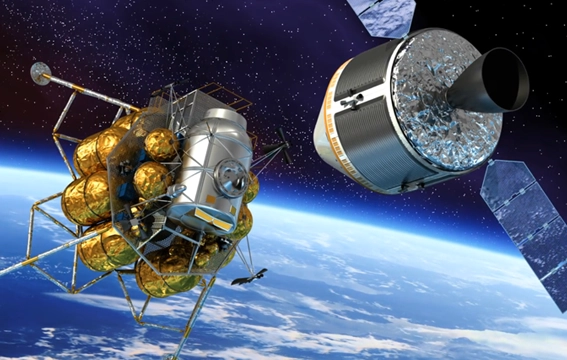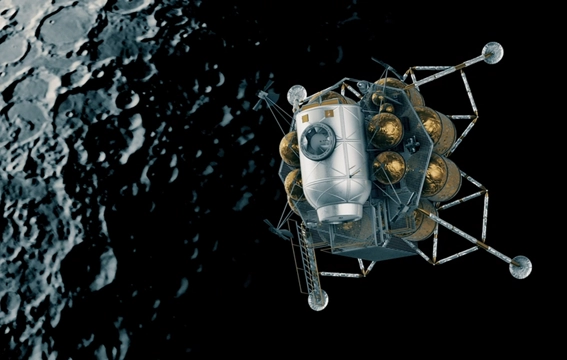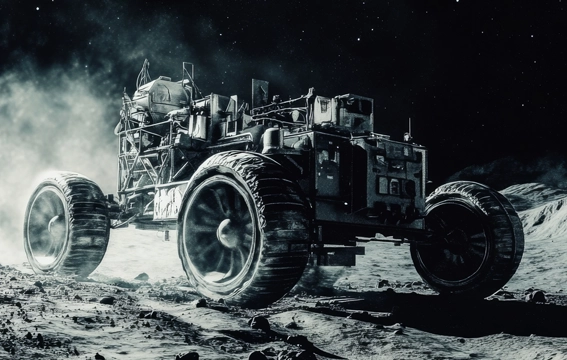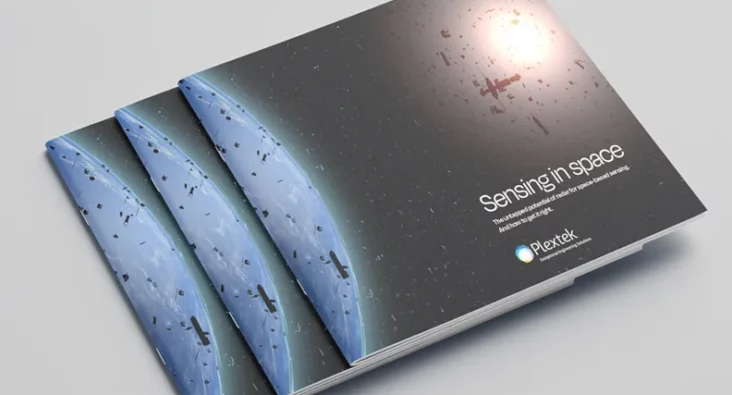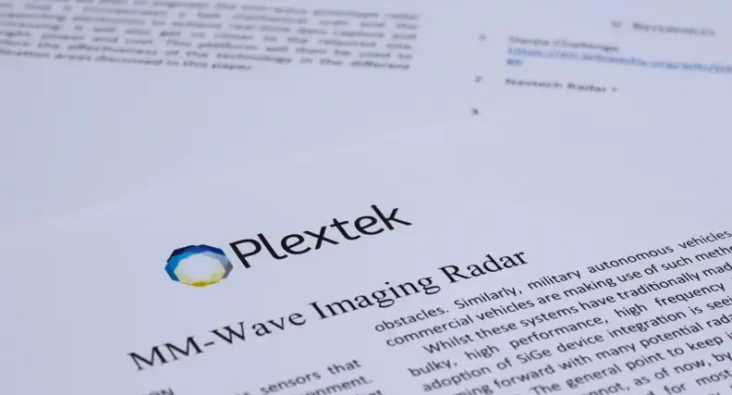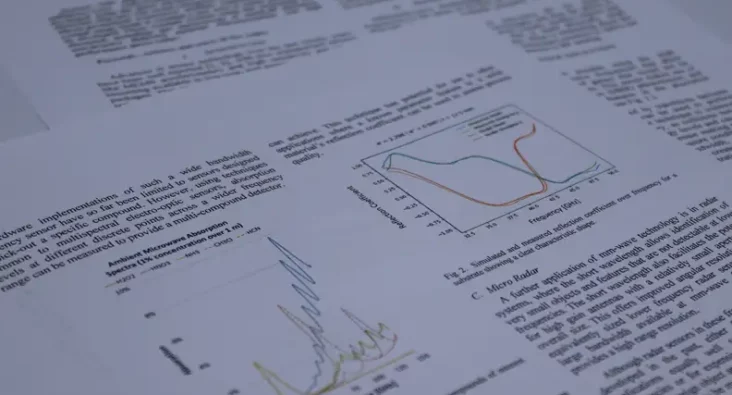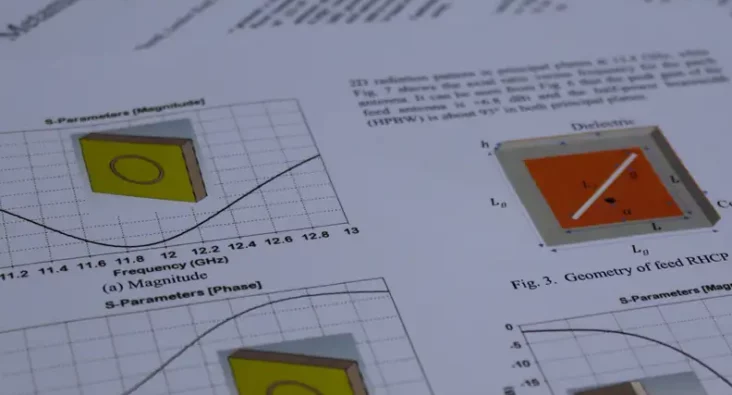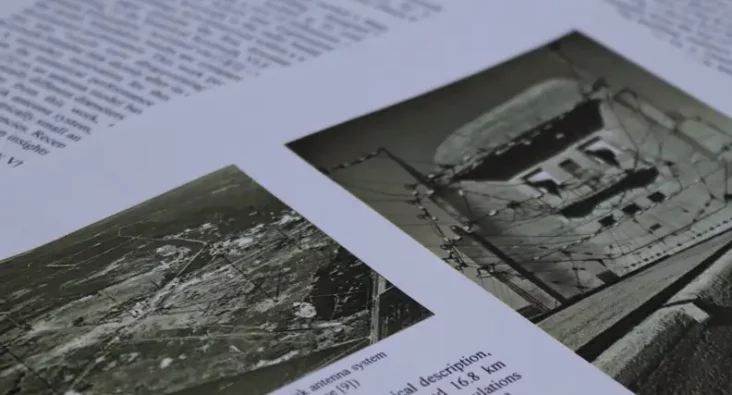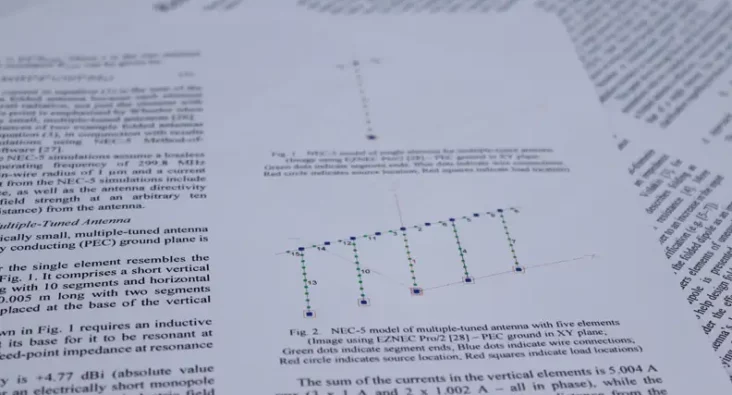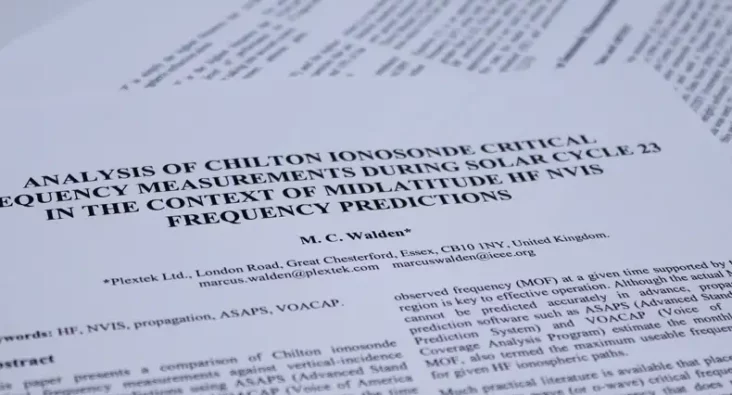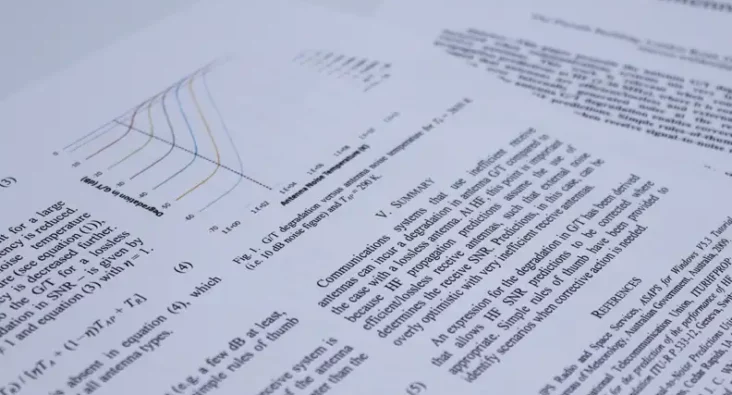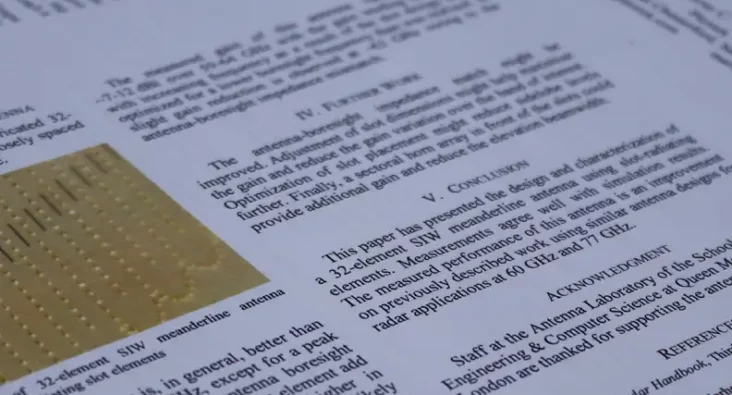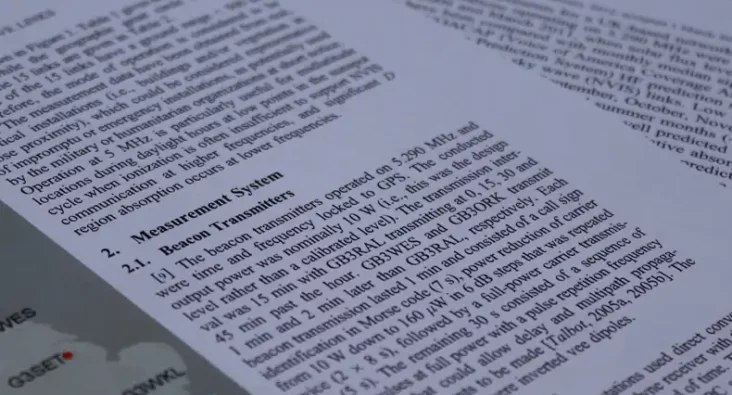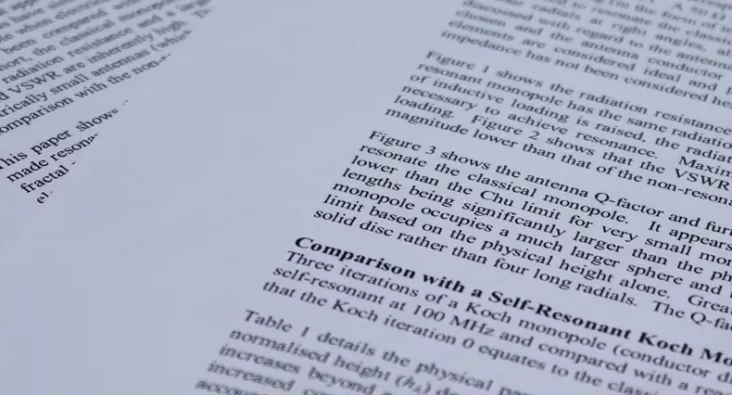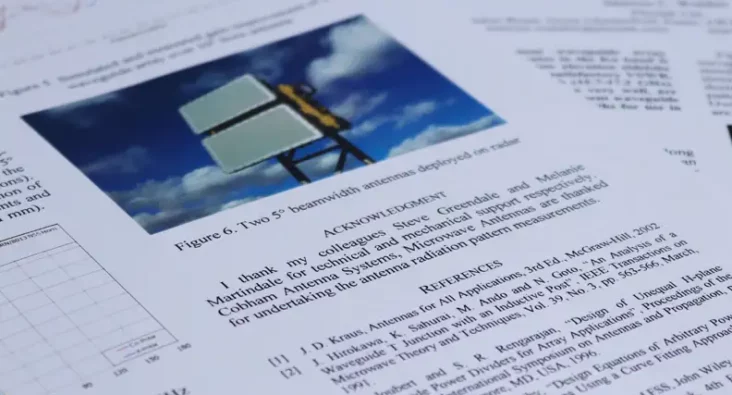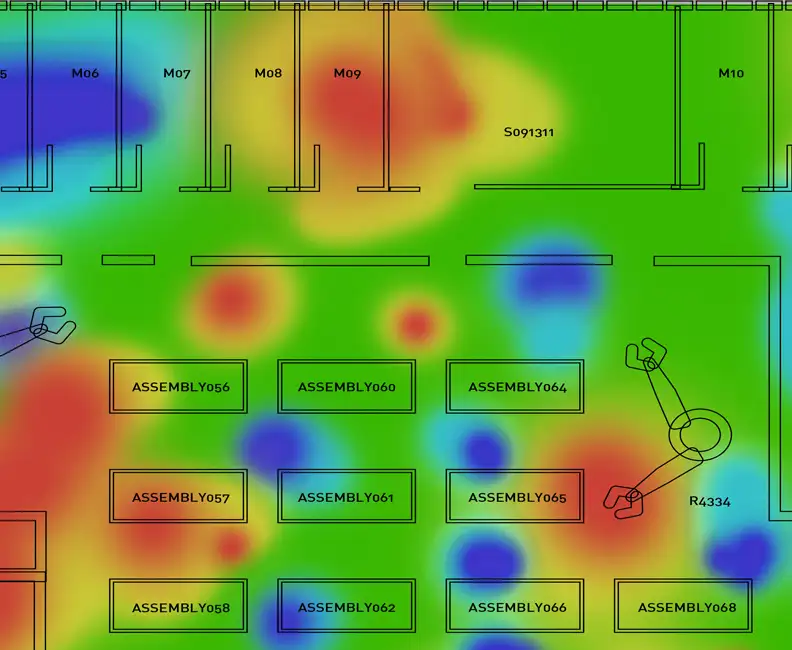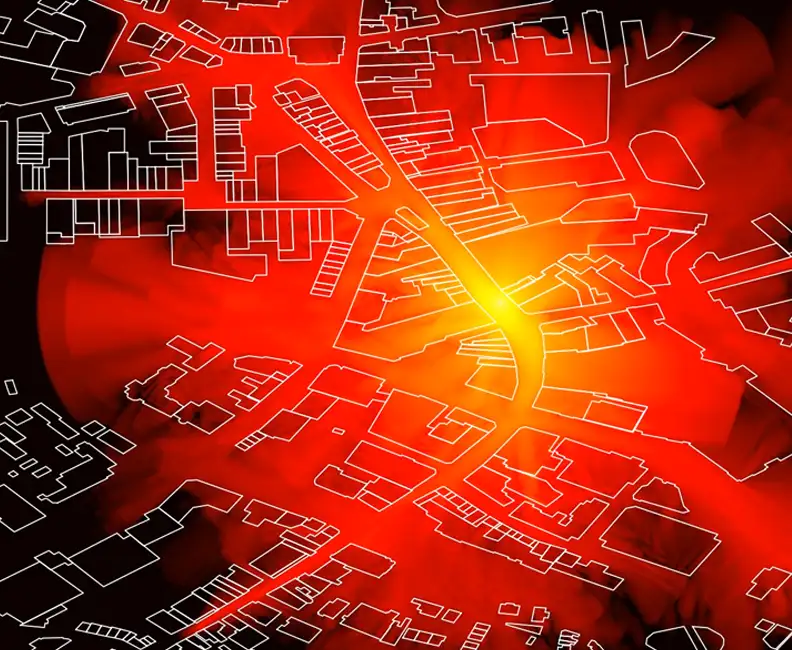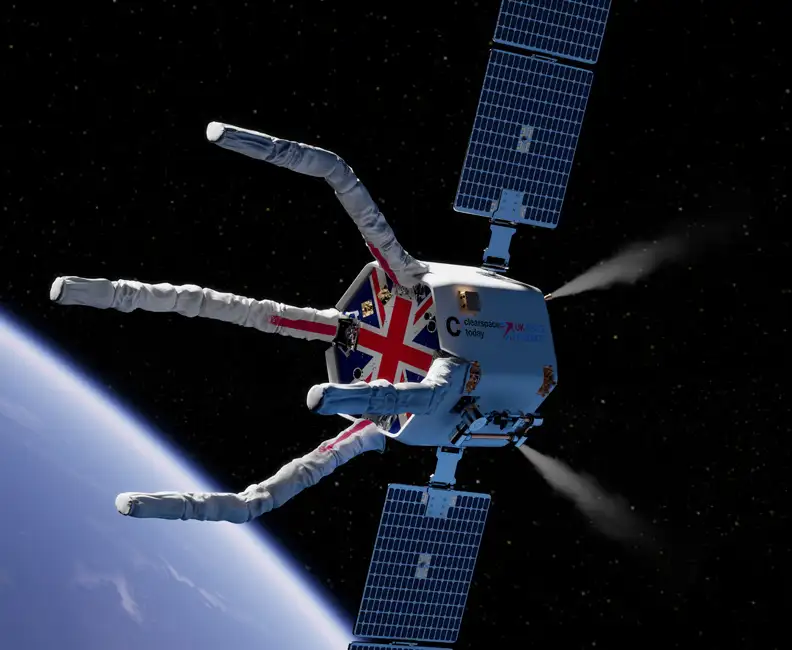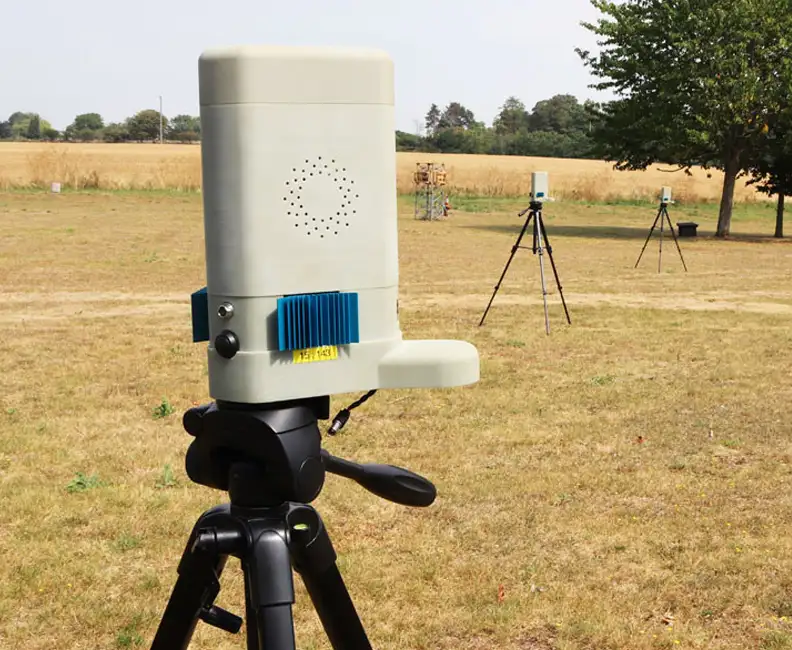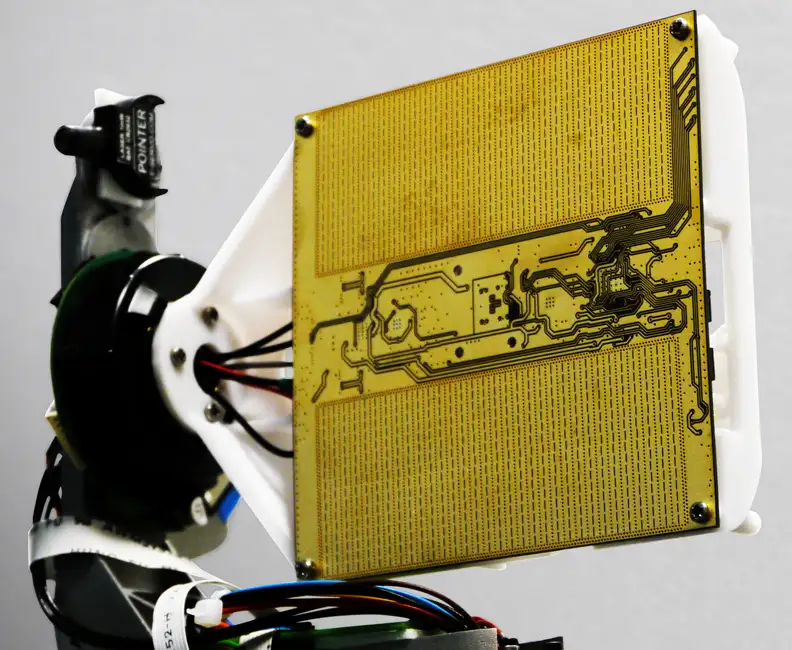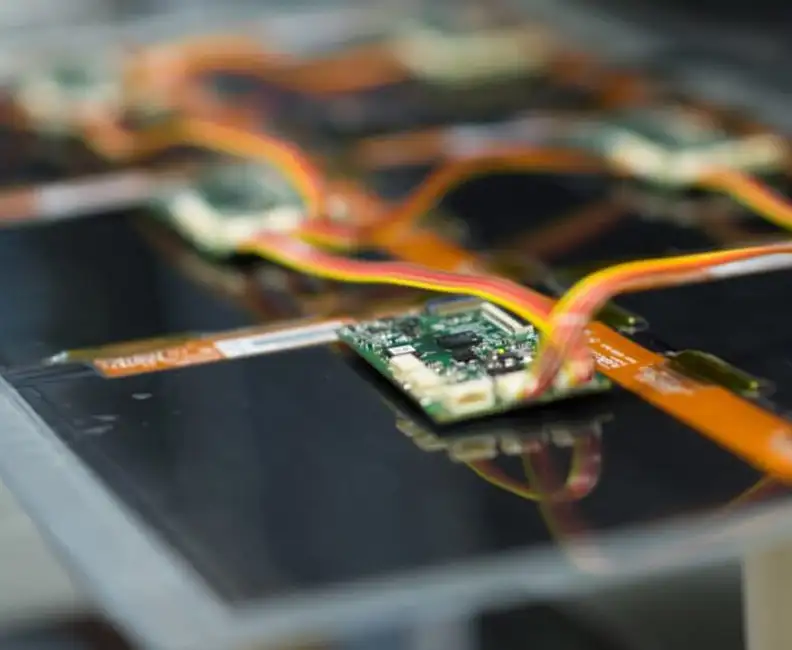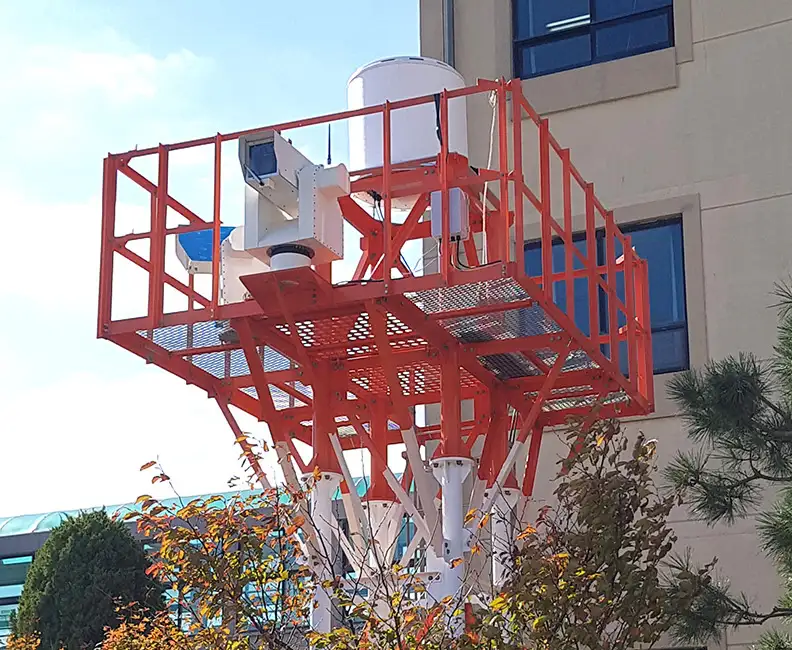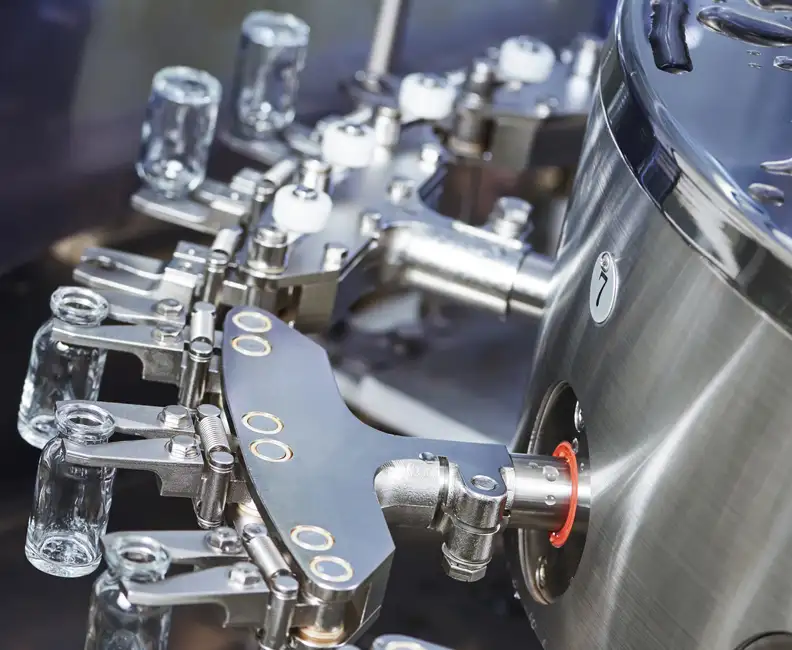Plextek Continues to Lead in Radar Development for Pioneering CLEAR Mission
Following the announcement from ClearSpace and the UK Space Agency, Plextek remains at the forefront of radar technology for space debris removal, reinforcing its partnership with ClearSpace with the continued support from the UK Space Agency . This ongoing commitment underscores the importance of the CLEAR mission and its potential to revolutionise space sustainability and safety.
Plextek’s selection as the radar developer partner for the mission reinforces our innovation, technical excellence, and the trust and confidence placed in our capabilities by both ClearSpace and the UK Space Agency.
As the global space industry continues to expand with more than 2,780 satellites launched into orbit in 2023 alone, the need for effective Active Debris Removal (ADR) solutions has never been more critical. The CLEAR mission aims to address this challenge by demonstrating the feasibility of removing defunct objects from Low Earth Orbit (LEO), making space safer and more sustainable for the future.
The mission’s objectives are ambitious yet vital. The next aim is to remove two derelict objects from orbit, using a servicer to capture and relocate the debris to a lower altitude for safe atmospheric burn-up. As the CLEAR mission progresses, our innovative radar technology remains a critical component in pioneering the active removal of debris from space, advancing in-orbit servicing and assuring a sustainable future for space activities.
Collaborating with Plextek has been key to the CLEAR mission, where we are marking a significant milestone in our efforts to enhance space safety and sustainability. Plextek’s advanced radar technology is crucial for the identification and capture of orbital debris, enabling successful space debris removal.
Dr Rory Holmes, Managing Director of ClearSpace UK
This continued partnership with ClearSpace reaffirms our leading role in the development of cutting-edge technology for space sustainability. Richard Jacklin, Commercial Lead at Plextek concludes:
Looking ahead, this represents a step forward in our collective journey towards sustainable space operations. Our role in developing the advanced radar technology for this project not only showcases Plextek’s innovative capabilities but also strengthens our commitment to safeguarding the space environment for future generations.
Got a challenge?
Engage with our team of experts to see how our company can collaborate effectively to bring your vision to life. Contact us and take the first step towards optimising your space technology or a custom radar solution that’s designed to be as unique as your project’s ambitions.
Our award winning mmWave radar technology improves the safety and efficiency of operations in Satellites & Space

